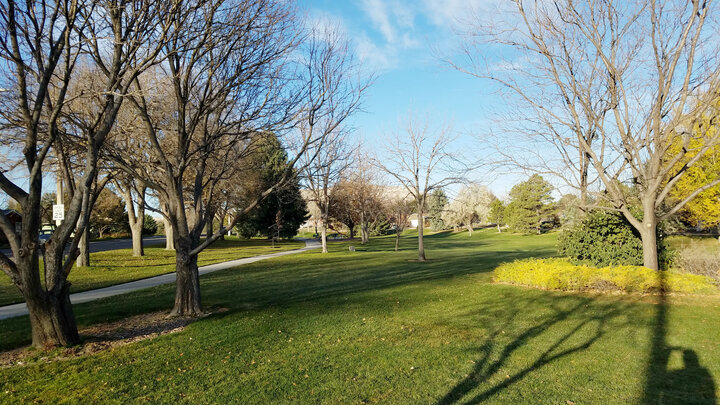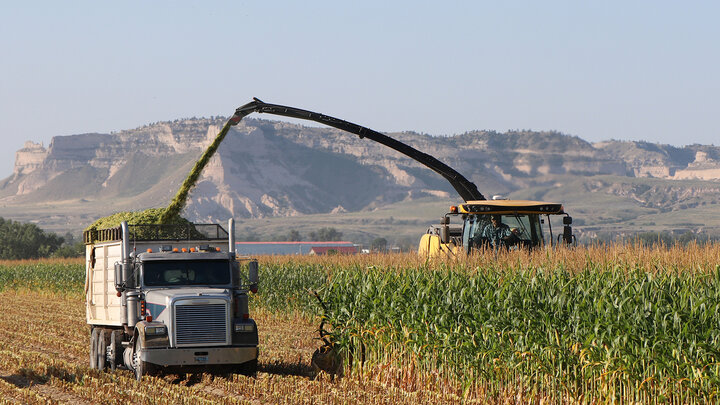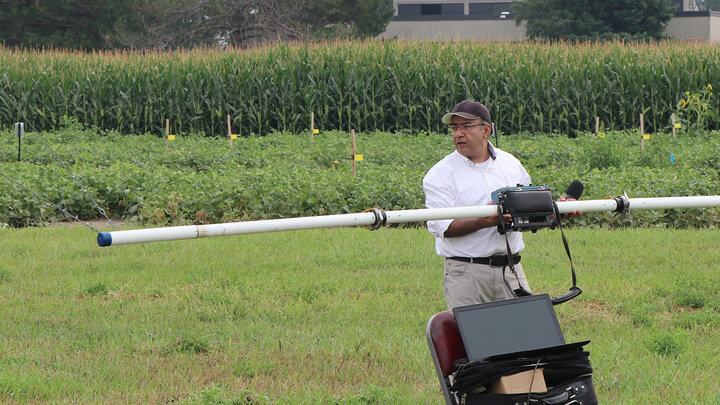Generally, nutrients move from the root to the growing portion of the plant through the vascular system, but did you know that plant nutrients vary in their ability to translocate within a plant? Mobile nutrients are those that can be readily moved from one part of the plant to another when a deficiency occurs. Knowing which nutrients are mobile is a vital clue to identifying a nutrient deficiency. If you think of your soil as a nutrient bank account for your plants, the CEC is how many nutrient "dollars" it can hold. The CEC is positively charged ions called cations, while negatively charged ions are anions. Cations can stick to the soil because it has negatively charged sites to hold them. Specifically, the CEC is the number of negatively charged locations on the soil for cations to bind to. Soils with a greater clay and organic matter percentage have a higher CEC, while sandy soils have a lower CEC.
Once you have the science, you are ready to do some landscaping in your yard. Consider these tried and true tips to create and establish appealing beds for you and your neighbors to enjoy.
• Water deeply during the first 1-2 years to encourage and establish a deep root system.
• Mulch to conserve water by retaining moisture and preventing soil from drying out.
• Deadhead selectively: to encourage more blooms remove spent flowers while leaving seed heads on others for winter interest and reseeding of flowers you are looking for naturalize.
• Divide clumping perennials every few years to maintain vigor.
• Use odd numbers of each group, such as 3-5 penstemon. This gives a landscape a more
natural look.
• Repeat patterns every 5-10 ft to maintain a visual rhythm across beds that are long, such as along fences or buildings.
Looking for a landscape that's low-maintenance, stunning, and great for pollinators? Native plants are the answer. They've evolved to thrive in our climate and require less water and fertilizer than many non-native ornamentals.
Flowers to consider:
• Foxglove Beard tongue (Penestemon digitali) grows 2-4 feet tall and prefers full to partial sunlight. It adds vertical interest and elegance to your garden.
• Prairie Purple Clover (Dalea purpurea) grows 1- 3 feet tall and prefers full sun. Establishing this flower requires patience.
• Purple Poppy-mallow (Callirhoe involucrata) grows 6-12 inches tall and prefers full sun. Bold magenta blooms sprawl out, making it a perfect groundcover in hot sunny spots.
• Missouri Evening Primrose (Oenothera macrocarpa) grows 6-10 inches tall and prefers full sun. It's perfect for hot, dry spots with its bright yellow blooms.
Grasses to consider incorporating into your landscape:
• Big Bluestem (Andropogon gerardii) is a tall prairie grass often called "King of the prairie." It has blue-green stems that turn red in the fall.
• Little Bluestem (Schizachyrium scoparium) is a shorter, clumping grass with blue-green foliage that turns red in the fall
• Switchgrass (Panicum Virgatum) is a tall, warm-season grass with a loose, airy seed head that turns golden in the fall.
Finally, if you're looking forward to planting trees this fall (and I hope you are), here are some tips:
• Don't plant too deep - the root flare, or the point where the trunk widens and transitions from the root ball to the trunk, should remain above ground and visible.
• Don't mulch too high. While mulching tree rings is a good idea, mulch built up against the trunk may rot out the bark and girdle the tree.
• Remove girdling roots - identify and remove or straighten out the girdling roots that circle the root ball. If left, these roots will eventually choke the tree and kill it.
• Plant diversity - species diversity as well as age diversity is important to establish and retain a tree population. If all your trees are planted at the same age, they will likely begin to decline and die at the same age as well, leaving you a greater cost of removal and a period of time where there will be no established trees. If all your trees are the same species, such as ash, when an insect or disease moves in, you stand to lose them all.
• Water on warm winter days - during warm winters, especially those with high winds and little moisture, give your trees water.




